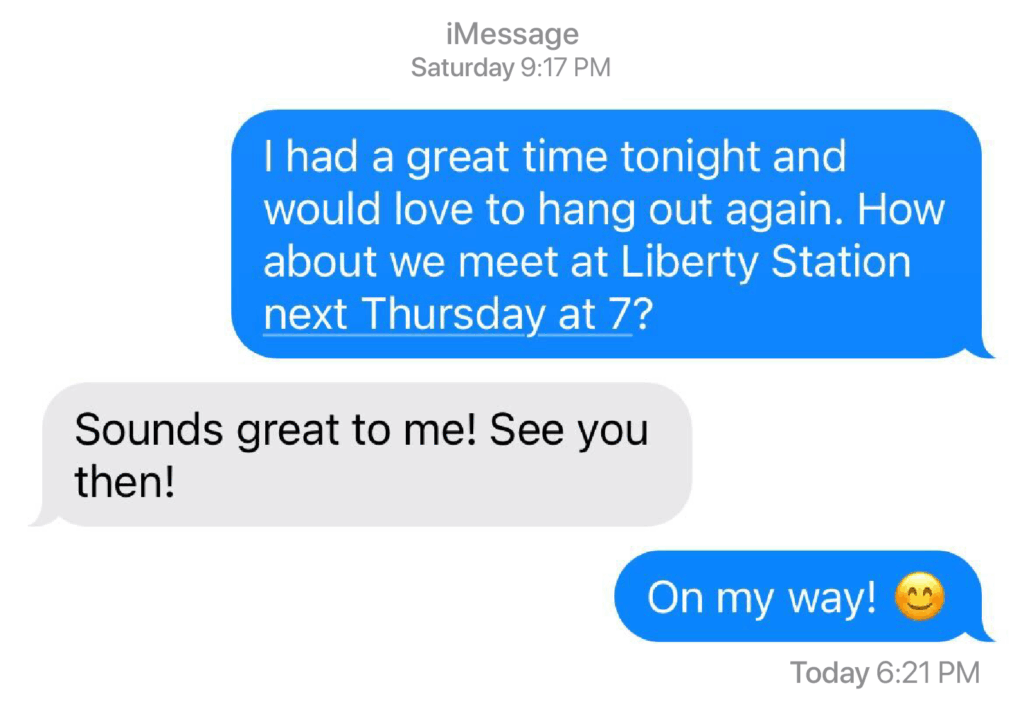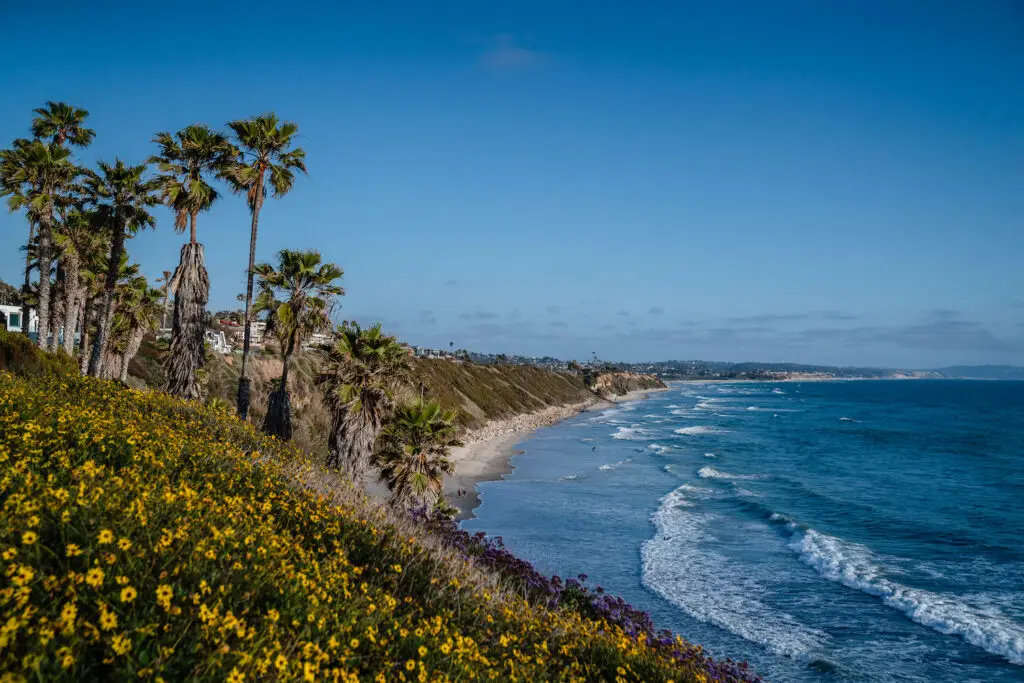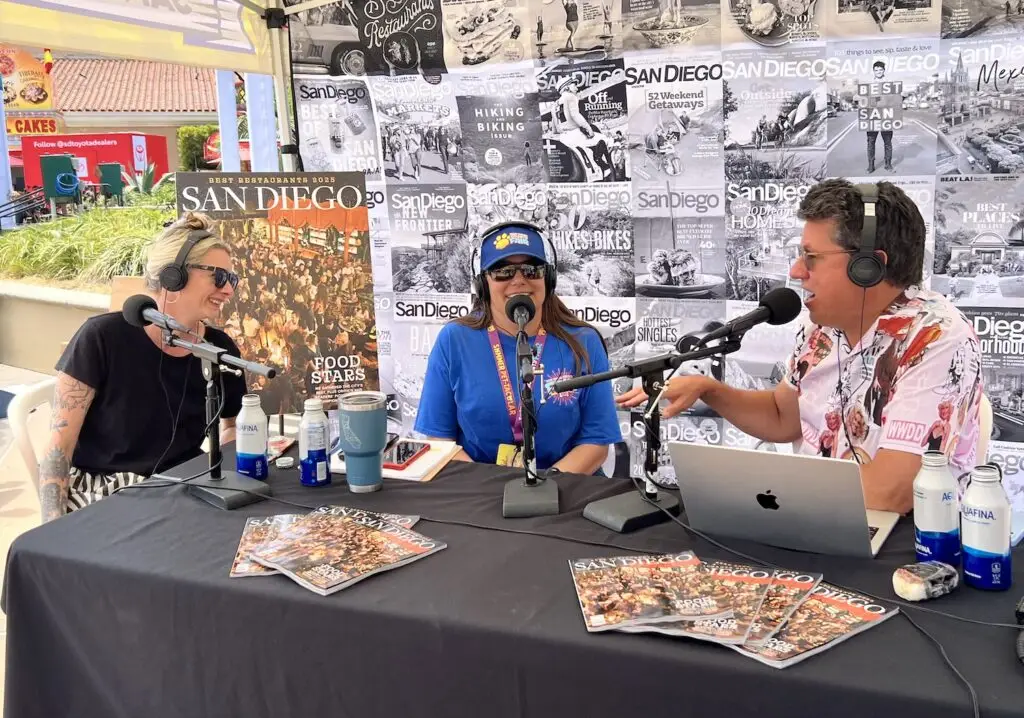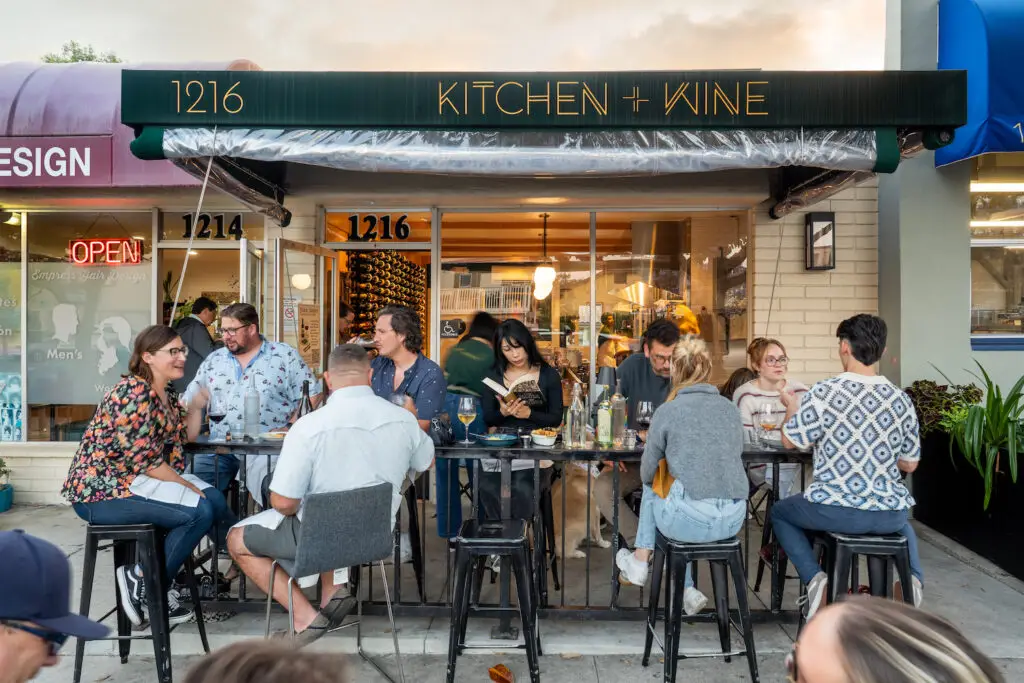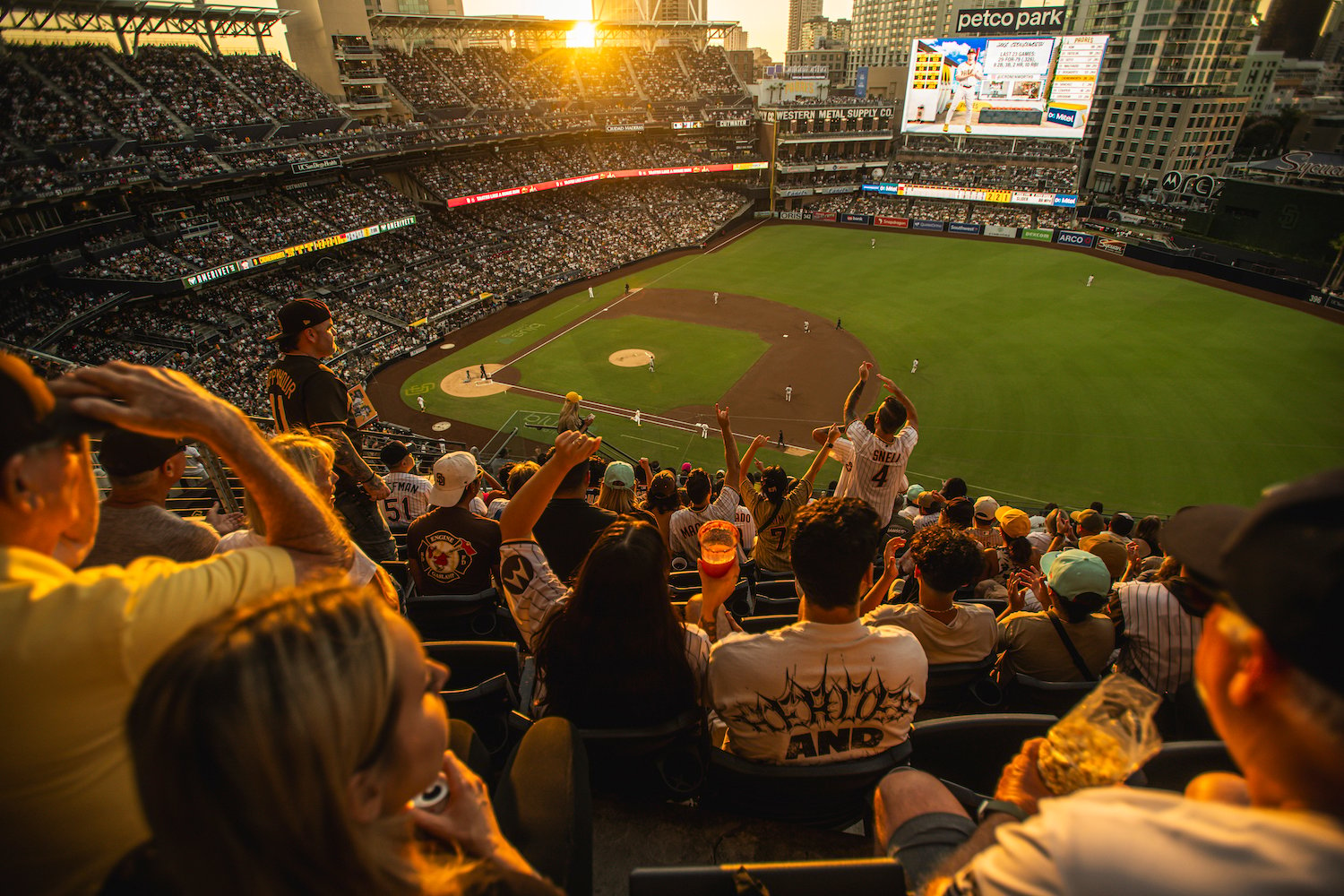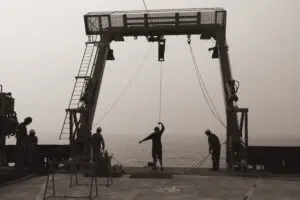Photo Credit: Matt Thomas/San Diego Padres
In one way, Padres fans brought pain upon themselves this year. The Padres ousted the Los Angeles Dodgers from last year’s playoffs, finishing three wins shy of the World Series. The fans’ impassioned commitment to the team afforded an unprecedented investment in the roster.
For the 2023 season, the Padres put together their most talented and expensive team in franchise history. Those lofty hopes and stark dollars set up 2023 to become the most maddening and disappointing season in franchise history.
I believe this is a good thing. Hear me out.
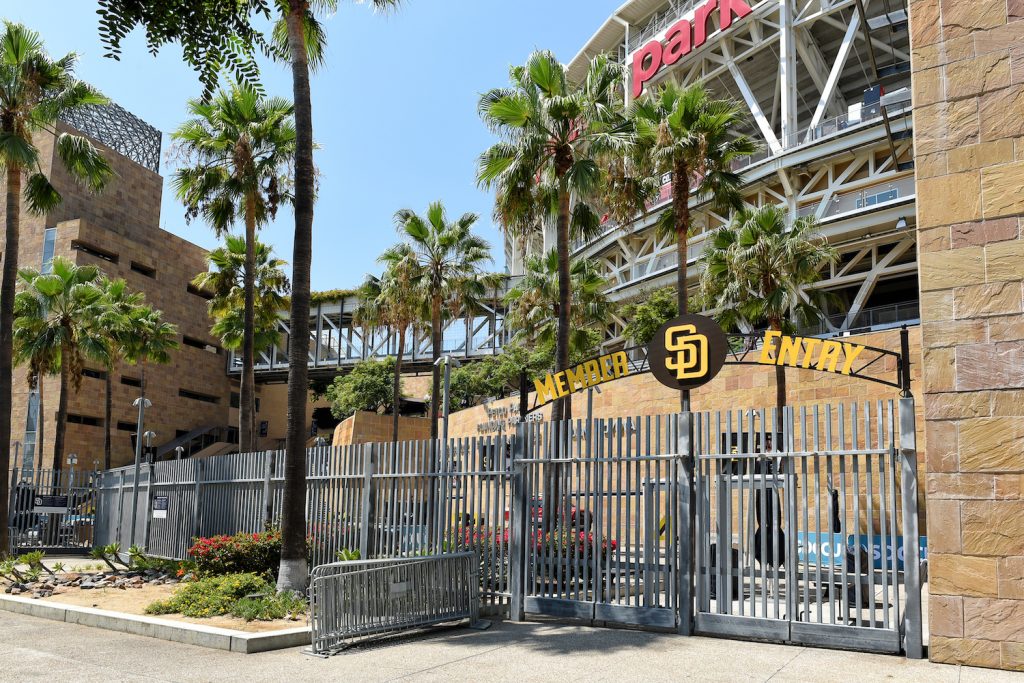
For years, San Diego has been characterized as a “small market.” It’s how the city ended up as a one-sport town. It’s how it could have ended up as a no-sport town. On one hand, San Diego ranks just 30th in market size, and the region’s large transplant population might not pledge allegiance to the Padres.
On the other hand, the county is the fifth-most populous in the United States and has a diverse economy, international marketing opportunities, and perfect weather.
Padres team owner Peter Seidler seemed to have skipped the market-size class in business school, or said the hell with it. He spent money on his team like the New York Yankees do—or, at least, how they used to. Padres fans were used to being coupon-clipping underdogs, but now their team was setting the market.
Since 2019, Seidler has committed more than $1.2 billion to third baseman Manny Machado and fellow all-stars Fernando Tatís, Yu Darvish, Xander Boegarts, Jake Cronenworth, and Joe Musgrove. The team traded for top players Blake Snell, Juan Soto, and Josh Hader.
They signed away Ha-seong Kim from his native South Korea, watching him become one of the best all-around players in baseball and a fan favorite. On opening day this year, the Padres possessed the third-highest payroll in baseball, representing a spending spree so rare in San Diego sports they should hang a banner for it.
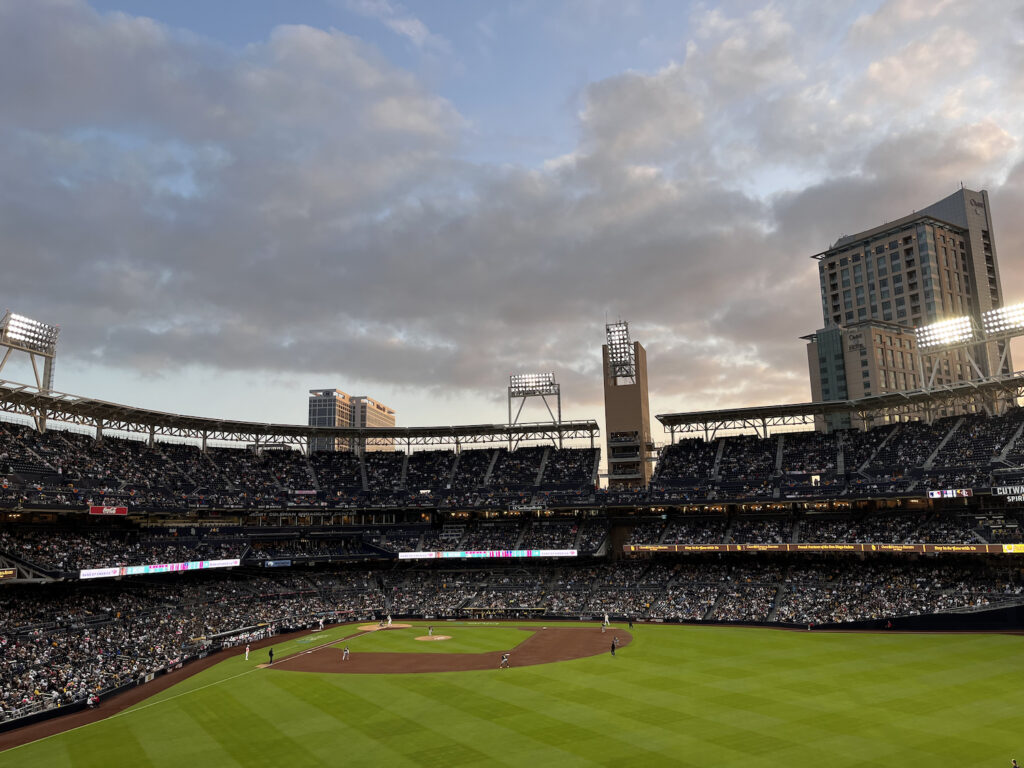
The roster moves were fueled by a few things. First, Siedler must have realized his unique opportunity. With no NFL, NBA, or NHL team competing for pro-sports eyeballs in the city, the Padres have the opportunity to own San Diego. And it worked. This year, the Padres had their first-ever season ticket waitlist. Jersey sales of Machado and Tatís were among the best-selling in the sport.
In February, fans turned the casual FanFest into baseball Woodstock. Those fans hoped the Padres would finally end the Dodgers’ reign atop the National League West, and they hoped their team would win San Diego’s first major sports championship. Those hopes felt pretty unrealistic after just the first month of play.
“Don’t jump on the bandwagon later on when we start f— raking and we’re doing what we’re supposed to be doing,” Machado said after his team lost ten of their first eighteen games. The raking never came. The unraveling did, though, along with a historic string of bad luck when it mattered most.
Cases in point: The 1969 Montreal Expos are the only other team to have lost their first 12 extra-inning games in a season. The 1935 Boston Braves are the last team to be as pitiful in one-run games. A September surge allowed the Padres to avoid their eleventh losing record in thirteen seasons, but it came too late to matter. They missed the playoffs in the most anticipated season in team history.
The Athletic pinned the disastrous season on the management style of general manager A.J. Preller; the San Diego Union-Tribune attributed it to the performance and personality of Machado. This all made for what was “easily, hands down, not even close, the worst season” Ryan Cohen can remember. Cohen, whose love for the Padres has garnered him a sizable following on social media, has spent most of 2023 grasping at the thinnest silver linings.
As most of those faded away, there remained only one: the fans.
Machado called for their support and they responded: despite an underwhelming team and an outing at Petco Park costing as much as a student loan payment, the Padres drew three million people to their games this year for just the second time in franchise history. Only the Dodgers and Yankees—baseball’s evil empires—drew more fans.
At the final home game in September, a sellout crowd watched the Padres’ playoff hopes die yet another death. The home team lost again in extra innings, this time to the lowly St. Louis Cardinals. The loss dropped their record on the year to 76-79. It seemed impossible, and advanced statistics agreed.
The Padres outscored opponents by more than 100 combined runs during the season—which should have resulted in a 92-win team. It’s as if the fan base tried to will that theoretical team into existence, right until the bitter end.
Since the season concluded on October 1, the San Diego Union-Tribune reported that the Padres will likely pare back its player payroll next season. That makes sense considering the team missed out on the TV money, gate receipts, and memorabilia sales that come with a playoff run.
But for a single season, a franchise, its fans, and its host city shed the “small market” label and exposed it for what it is: an excuse for mediocrity. If Padres fans experienced more pain than ever this year, it’s because their team at last strove for greatness.
PARTNER CONTENT
The end results didn’t pan out for the Padres in 2023, but the crowd kept showing up. They knew that the investments in their team gave them better odds than ever, and that odds eventually pan out if you play enough times.
After all, the Padres recorded MLB’s best record in this season’s final month, and most of the Padres’ star players return next season. Of course, so will the fans. That’s a scary thing for the rest of the league.



